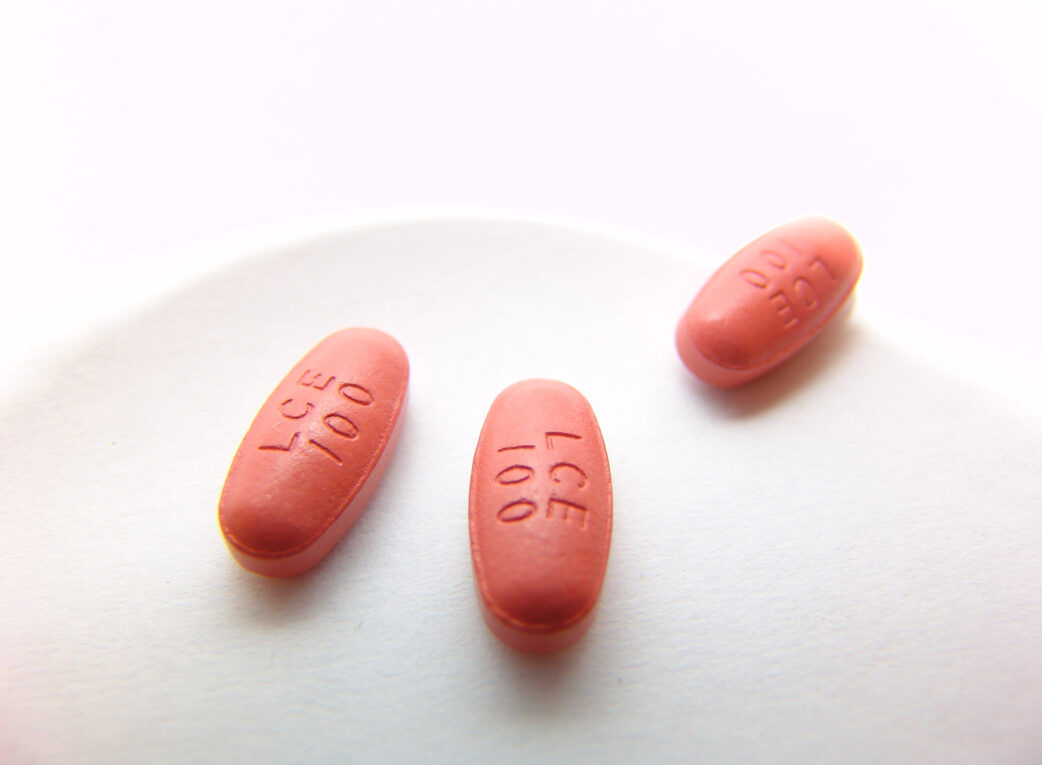Levodopa is a medication primarily used to treat Parkinson’s disease and other conditions characterized by low dopamine levels. As the disease progresses, dopaminergic neurons in the substantia nigra, a region of the midbrain, become damaged or destroyed. This leads to a shortage of dopamine in areas of the brain influenced by these neurons, such as the basal ganglia that controls movement initiation and coordination. Levodopa works by replenishing depleted dopamine levels in these areas and helping manage Parkinson’s symptoms. Since its introduction in the late 1960s, Levodopa has remained the most effective pharmacological treatment available for Parkinson’s disease.
How does Levodopa Work?
Levodopa, also called L-DOPA, is the precursor of dopamine. Once levodopa crosses the blood-brain barrier, it is readily taken up and converted into dopamine by the remaining dopaminergic neurons. It compensates for the shortage of dopamine induced by neuronal loss in Parkinson’s disease. Levodopa metabolites help activate dopamine receptors in target areas like the striatum that are involved in movement initiation and coordination. This dopaminergic stimulation alleviates the cardinal motor symptoms of Parkinson’s disease including tremor, rigidity, slowness of movement and postural instability.
Effects on Motor Symptoms
Levodopa works remarkably well in improving Parkinson’s disease motor symptoms, especially in earlier stages of the disease. It provides relief from shaking or tremors and reduces muscle stiffness, making movements smoother and easier to perform. Besides improving mobility by enhancing walking speed, levodopa therapy helps regain balance and coordination which can prevent falls. Rigidity and akinesia, an inability to initiate voluntary movements, also respond very well to levodopa treatment. Such motor improvements allow patients to carry out daily tasks like self-care, eating, dressing, etc. with greater ease and independence.
Dosage and Formulations
Levodopa is usually formulated with a dopa decarboxylase inhibitor like carbidopa or benserazide. This helps prevent levodopa’s breakdown within peripheral tissues and increases its bioavailability in the brain. Common Levodopa-carbidopa preparations are Sinemet CR and Madopar CR. Dosing starts low and is slowly titrated upwards based on symptom response and tolerance. Typical daily levodopa dose ranges between 200-1500mg. Immediate-release and short-acting formulations work faster but wear off quickly requiring frequent dosing. However, controlled-release preparations provide sustained effects throughout the day with fewer doses.
Side Effects and Complications
While levodopa effectively treats Parkinson’s motor impairment, prolonged usage carries risks of side effects. Dyskinesias (involuntary writhing movements) are a serious complication arising from pulsatile stimulation of dopamine receptors by fluctuating levodopa plasma levels. This can severely impair quality of life. Other levodopa side effects include nausea, vomiting, dizziness, orthostatic hypotension on rising from sitting or lying down and sleep disturbances. Sudden drops in medication level cause unpredictable “off” periods marked by return of Parkinsonian rigidity and slowness during which tasks are difficult.
Disease Progression and Declining Benefits
In the initial stages, levodopa relieves symptoms quite well. However, its clinical efficacy declines over time as the disease worsens and more dopamine neurons perish. “Wearing-off effects” occur earlier. Motor fluctuations ensue between “on” periods of good symptom control and “off” times of restoration. This is often associated with dyskinesias. Higher levodopa dosing produces lesser benefits and more side-effects. Concurrent use of dopamine agonists, MAO-B inhibitors, COMT inhibitors and other add-on therapies aims to obtain optimal symptom control in advanced Parkinson’s disease. Deep brain stimulation surgery impacts disease prognosis positively in select cases.
*Note:
1. Source: Coherent Market Insights, Public sources, Desk research
2. We have leveraged AI tools to mine information and compile it

